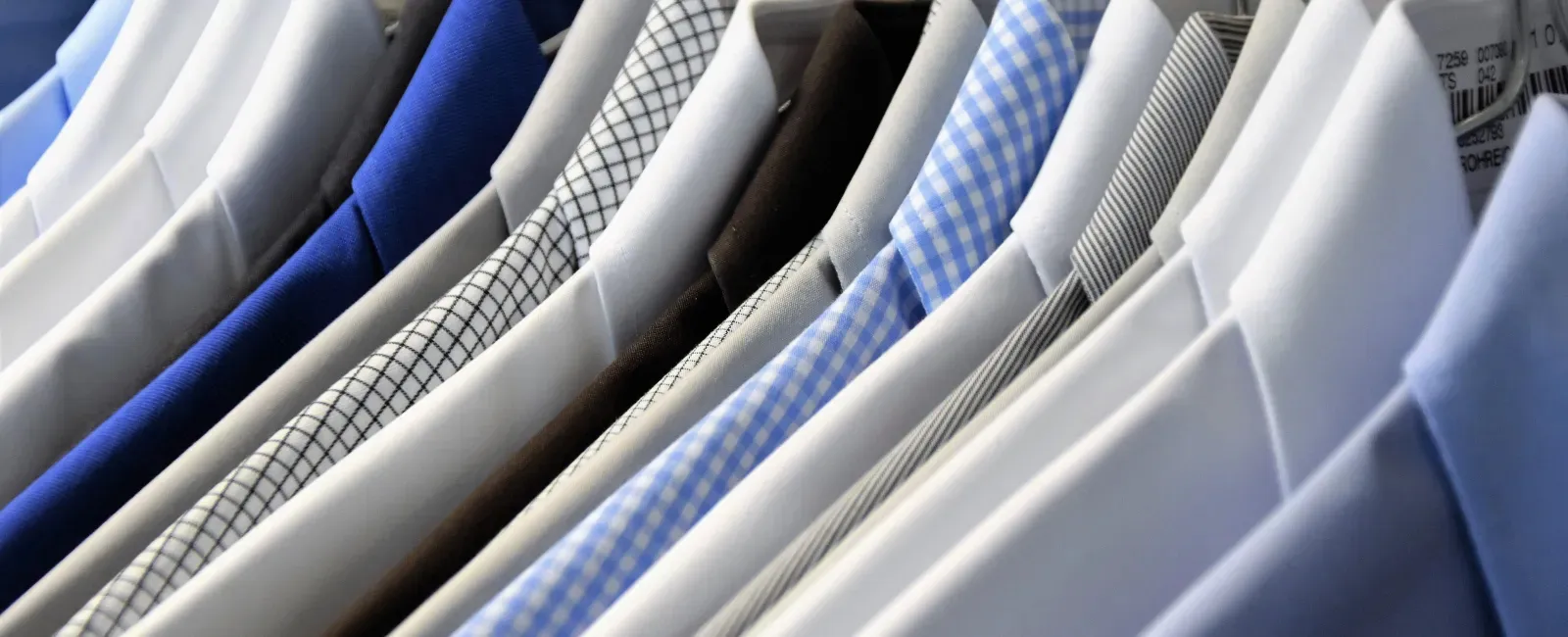August 19, 2024
As the owner of Martinizing Cleaners of Alameda with 35 years of experience in the industry, I've witnessed dramatic shifts in both the business and the fabrics we handle. My journey began in the 80s, when my brother and I purchased our first store, following in the footsteps of our father, a former Martinizing franchisee. From the three-piece suits and white cotton shirts of the past to today's casual and synthetic fabrics, the dry cleaning landscape has evolved significantly.
When I first entered the dry cleaning business, it was an essential service for almost everyone in the workforce. In the 80s, professional attire dominated the scene. Three-piece suits, which included a vest, were the norm, and everyone wore ties. Work attire was strictly formal, and even bus drivers and office workers needed their uniforms and suits cleaned regularly. Dry cleaning was not a luxury but a necessity for the everyday professional.
Given the lower percentage of women in the workforce at the time, our clientele was primarily men. The fabrics we dealt with included cotton, wool, and silk, all of which required professional care. Cotton, though washable, was a hassle to iron; wool and silk, on the other hand, demanded dry cleaning. These finicky fabrics ensured a steady stream of customers who relied on our services to maintain their professional appearance.
The Shift to Casual Wear and Synthetic Fabrics
Fast forward to today, and the dry cleaning industry looks vastly different. The rise of synthetic fabrics and casual workwear has transformed our customer base and services. Modern fabrics, including microfiber and various synthetics, are designed for easy at-home care, significantly reducing the demand for professional garment care.
Moreover, the workplace dress code has relaxed considerably. Business casual is now the norm, and many employees work from home, further diminishing the need for dry cleaning. The middle class, once our primary customer base, is shrinking, leaving a larger divide between those who can afford luxury services and those who cannot.
Adapting to the Changing Market
Despite these changes, our business remains resilient. Located in the San Francisco Bay Area, most of our clients now have household incomes exceeding $200,000 a year. This shift towards serving a more affluent clientele has redefined dry cleaning as a luxury and convenience service rather than a necessity.
One significant trend is the increase in residential pickup and delivery services, which now account for 69% of our revenue. This convenience appeals to dual-income households where both partners are working and time is at a premium. Interestingly, mostly women still manage household laundry needs, whether signing up for services online or calling to arrange pickups as opposed to bringing in their husband's workwear some 35 years ago.
The Impact of COVID-19
The COVID-19 pandemic brought further challenges to our industry. With more people working from home, the demand for professional attire decreased slightly, but that didn't eliminate our business overall, we just had to pivot. Instead of the normal work attire, we saw an influx of household items instead such as comforters, house linens, sheets, etc. This made our wash and fold service much more lucrative on top of our normal dry cleaning services. Also, since there has been a shift back to designer and high-end clothing from cheaper clothing, people have used our services even more.
Looking Forward
To thrive in this changing landscape, dry cleaning businesses must focus on convenience and quality. While there is little profit in simple wash-and-fold services, our strength lies in making our clients look and feel their best with minimal effort on their part. We offer same-day service delivered to their doorstep, similar to Amazon's convenience. This is what will keep us going.
While the dry cleaning industry has undergone significant changes over the past 35 years, adapting to these shifts has been key to our continued success. Focusing on convenience, quality, and meeting our clients' ever-changing needs ensures that our services remain relevant and valuable in today's fast-paced world. "We make you look better" isn't just a cheesy slogan, it's the core of our business philosophy.

